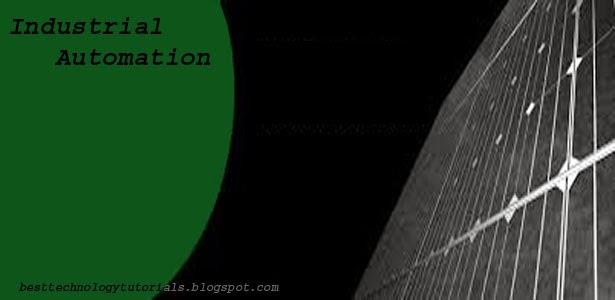Define Electric Current
Electric current is outlined because the rate at that charge flows through a surface (the cross section of a wire, for example). Despite relating many alternative things, the word current is usually utilized by itself rather than the longer, a lot of formal "electric current". The adjective "electrical" is silent by the context of the case being represented. The phrase "current through a toaster" sure enough refers to the flow of electrons through the heat element and not the flow of slices of bread through the slots.Effects of Electricity
It is sometimes called “unseen” force because the energy itself can’t be seen or heard or touched or smelled however the effect of energy can be seen a lamp gives off light , a motor turns and a buzzer makes noise.The effect of electricity can also be heard, felt, and smelled like a loud crack of lightning is easily heard while a fuse “blowing” may sound like a soft pop or snap. Some insulated wires may feel “warm” and bare wires may produce a worse, quite a “Shock” and wire our heat up burned insulation is easily smelled.
 |
| Effects Of Electricity |
Current Flow Theories
There are two theories describe in current flow .(1) Conventional Theory (2) Electron TheoryConventional Theory
The conventional theory its commonly used for automotive system, says current flows from positive (+) to negative (-). Excess electrons flow from an area of high potential to one of low potential negative (-).Electron Theory
The electron theory commonly used for electronics says current flow from negative (-) to positive (+). Excess electrons cause an area of negative potential negative (-) and flow toward an area lacking electrons, an area of positive (+), to balance the charges. |
| Flow Of Current |
When the direction current of flow makes a difference within the operation off some devices, like diodes, the direction makes no difference to the 3 measurable unit of Electricity > Voltage, Current and Resistance.






















